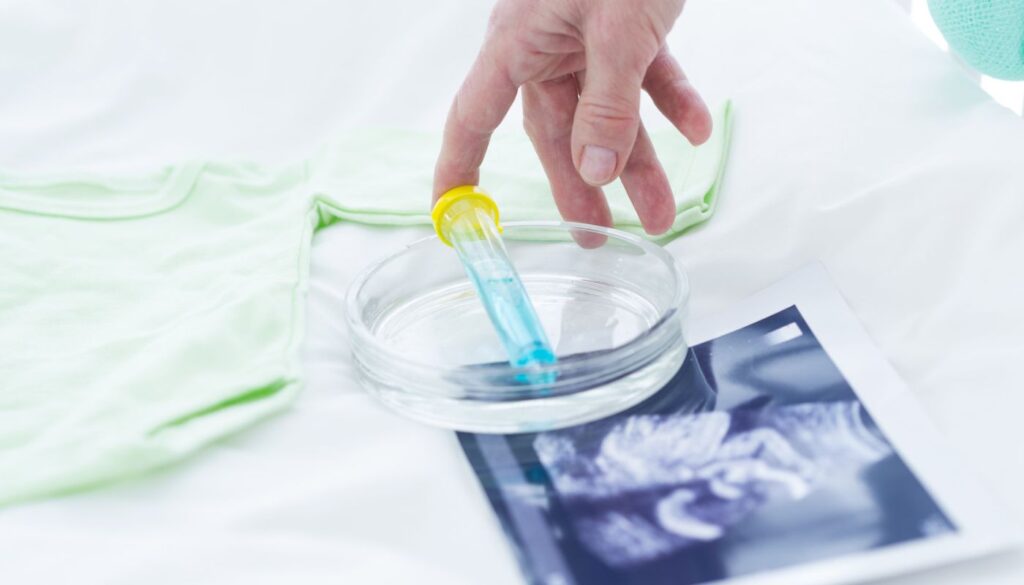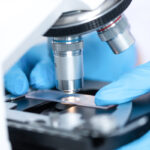How Many Times Is IVF Treatment Attempted?

İçindekiler
ToggleVF is a highly successful assisted reproductive method. Despite its success, no IVF center can offer a 100% success rate. There is a risk of negative results during the treatment process, IVF stages, or even when high-quality embryos are transferred. There is no specific limit to the number of IVF attempts. Prospective parents can try as many IVF attempts as they wish. These attempts require financial and moral strength. Couples who can provide this can continue their attempts. However, it should be kept in mind that the chance of success will not increase to a certain extent after 3 attempts. The situation of not being successful despite three IVF attempts is referred to as “recurrent IVF failures”. There are various alternative methods for recurrent IVF failures.
After unsuccessful baby treatments, it is necessary to investigate why the embryo could not attach to the uterus and why the treatment was unsuccessful. However, if no error or overlooked problem is detected during the treatment, laboratory process and embryo transfer stage, it becomes increasingly difficult to find the source of the problem. There may be various problems that may cause the IVF treatment to fail. Therefore, it is very difficult to find the answer to this question.
Why doesn’t IVF work?
If the woman is older, the chance of IVF taking hold decreases. Genetic risks increase with age. It becomes more difficult to get the desired response to drugs used to stimulate the ovaries. Egg reserves cannot be used sufficiently, and pregnancy becomes difficult due to morphological problems that may occur in the eggs.
- Problems with the male candidate’s sperm,
- The uterine wall thickness is not thick enough,
- The patient does not use the required medications on time,
- Using medication at doses above or below those recommended by your doctor,
- Factors such as not paying attention to the diet may cause IVF to fail.
Embryos attaching to the uterine wall after IVF treatment
For IVF treatments, embryos with the highest quality potential for implantation are selected from among the embryos developing in the woman. These embryos are then transferred to the expectant mother’s uterus. After the embryos are transferred, the area where they implant is the uterine wall, which is not a controllable area. Implantation may not occur due to reasons related to the uterine lining and medical reasons that cannot be clearly explained. There are various reasons for this. The reasons related to the uterine lining are:
Endometrium thickness
This thickness should be approximately 8-10 mm. However, this thickness may not be sufficient for various reasons. The woman’s uterine lining may become thin due to infection history, surgical interventions and other damage. For this reason, it may be difficult to have a baby.
Failure to detect structural disease in the uterine wall
It is very important to investigate and follow up structural problems such as myoma and polyp, which can be detected by ultrasound, and problems such as septum (subseptum) and adhesions that may adversely affect the nutrition and development of the embryo, before starting IVF treatment.
Why doesn’t IVF work?
The development and formation of a baby is too complex to be explained by a single mechanism. It is considered a miraculous event that the scientific world still cannot explain. Pregnancy cannot be explained in a simple way due to the existence of many different and complicated situations. Prospective mothers and fathers who have not had successful IVF treatments should do research on why the first treatment was unsuccessful, ensure that this reason is resolved and then start the treatment.
Primary causes
- The genetic structure of the embryo responsible for the development of the baby is defective,
- The medication protocols recommended for the expectant mother during egg development are not correct,
- Inadequacy of culture environments in which the embryo develops,
- Embryo-related factors such as the thick outer membrane of the embryo prevent embryos from attaching and prevent IVF from taking hold.
Secondary causes
- Congenital uterine problems affecting the inner wall of the uterus, called the endometrium,
- Polyps, myomas, and other structures in the uterus that adversely affect the attachment of the embryo,
- Adhesions due to previous infection or abortion,
- Coagulation dysfunctions that affect the embryo’s attachment to the uterus and therefore its growth,
- Genetic or immunological, i.e. defense mechanism problems in women,
- Even if good quality embryos are transferred, the pregnancy may not take root in the uterus and pregnancy will not occur.
Tertiary causes
- One of the most common reasons for expectant mothers and fathers having difficulty conceiving is a chocolate cyst.
- Chocolate cyst is known as endometriosis in the medical literature. It is a common disease among the society.
Another common reason for expectant mothers who have difficulty having a baby is the blockage and swelling of the tubes. These are fixable problems. IVF treatment also supports the correction of these problems. Apart from these, it is common;
- Hydrosalpinx problem may occur.
- Previous infection in the tubes
- Performed intra-abdominal surgeries may prevent you from having a baby.

How many times can IVF treatment be performed?
There is no limit on the number of attempts in IVF treatment. However, if the treatments are applied in reliable centers but there is no result, the chance of success will decrease as the number of attempts increases. This chance will decrease even more, especially if the woman is older. Even mothers and fathers who do not have any health problems may have difficulty having a baby. There are also candidates who can get pregnant after the 8th or 10th IVF treatment.
In what cases is treatment canceled?
- If the egg functions are not sufficient, treatment is canceled.
- If the eggs hatch prematurely, treatment is cancelled.
- If the eggs obtained are not fertilized, treatment may be canceled.
- If there are fertilized eggs that are expected to divide but do not, treatment may be cancelled.
- If the man does not produce sperm or if sperm cannot be found in the semen or testicles, treatment may be cancelled.
- If a normal embryo cannot be detected, embryo transfer is not performed and treatment is cancelled.





